
Photo Kira Perov/©Bill Viola Studio
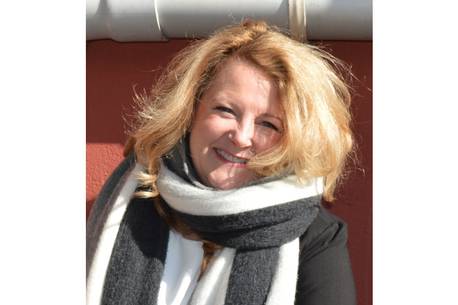
CHARLOTTETOWN, P.E.I. —
Charlottetown city council will be receiving a report about adding public art to the downtown by the end of January.
The city’s arts advisory board met on Tuesday to begin the process of summarizing its Imagine Charlottetown initiative.
“We’re going to write a summary of our campaign and each (arts advisory) board member is going to write a page on their expertise,” said Barb MacLeod, chairwoman of the board. “We’re going to present that to city council.”
The board hosted an open house in March just before public health restrictions were introduced around the COVID-19. The goal was to give residents a sneak peek at ideas that were submitted as part of the initiative as a first step in the process.
However, everything quickly came to a halt, all but putting the process on hold. Things got moving again in late October. Board members begin soliciting expressions of interest from building owners who might be keen to have a mural placed on the side of their structure.
As with anything, money is an issue and there are bylaws to navigate around. The board wants to make sure council is as educated as possible before moving any further.
“Hopefully, if we’ve done a good job (on the report) we will start to have them consider public art as a priority for the city; something that needs attention,” said MacLeod.
The report will include various funding channels money for public art can be accessed through.
MacLeod points to the success of public art in Halifax as what is possible. The Halifax Regional Municipality facilitates the creation and acquisition of quality public art and ensures that professional artists are involved in its creation. The Halifax region has more than 250 pieces of public art projects and installations.
“We have had such incredibly fun conversations and our visions for the city are so wonderful. We’re really hoping to be able to encapsulate what we talk about in our meetings into this summary.”
MacLeod said the ultimate goal is to have public art projects and installations reflect the people of Charlottetown.
“It’s not just about putting a mural on the side of a building,” she said. “It’s about lifting up a community in so many different ways.”
Dave Stewart is the municipal reporter for The Guardian.
RELATED:
A new art installation now towers over Vancouver’s Hastings Park fields in celebration of the city’s history of spectators and sports.
Home + Away is a sculpture by Seattle artists Annie Han and Daniel Mihalyo of Lead Pencil Studio, which opened Monday in the southeast end of the historic park.

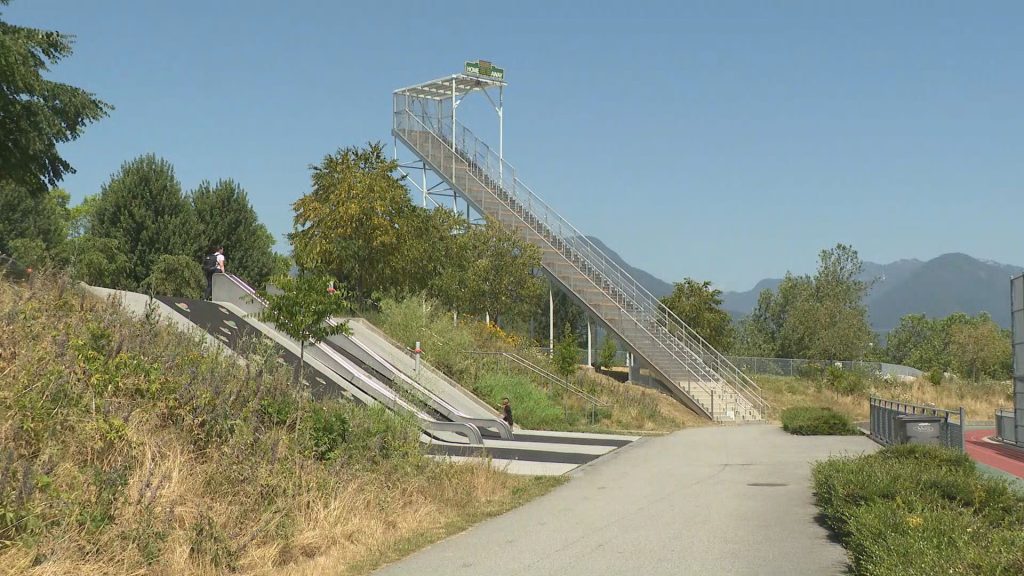
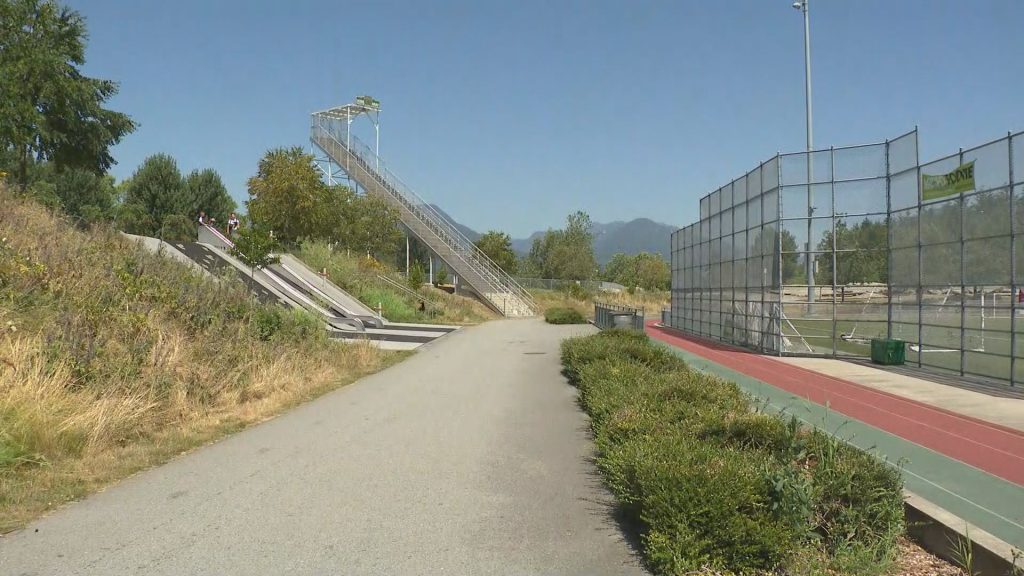
Open Gallery
6 items
It’s a 17-metre-tall structure that resembles a narrow set of bleachers — similar to the stands of the Empire Stadium, which stood on the site of the park from 1954 to 1993 and hosted The Beatles, among many others. It recalls a covered ski jump that stood there in the 1950s and the nearby wooden rollercoaster at the PNE.
The city says the public is invited to walk the stairs and sit on the benches.
“In addition to being visually striking, this artwork is intended to be ascended, sat on and experienced. It offers exciting experiences of height and views and provides 16 rows of seating for up to 49 people, making for a unique spectator experience when watching events at Empire Fields,” the city said in a release Monday.
The idea for the park to include public art was outlined in the Hastings Park “Master Plan,” first adopted by the city in 2010. The city says Han and Mihalyo first presented their design in 2015.
“It’s wonderful to see this piece realized within the context of such a well-used public space,” said Han.
“Home + Away was inspired directly by the site history of spectatorship, and we hope it will connect Hastings Park users to that history and the majestic views of the environment for many decades to come,” added Mihalyo.
The artwork features a large light-up sign, in the style of a sports scoreboard, that reads “HOME” and “AWAY.”

Bill Viola, whose decades-long engagement with video proved vital in establishing the medium as an integral part of contemporary art, died on July 12 at his home in Long Beach, California. He was at 73 years old. The cause was complications related to Alzheimer’s disease. The news of his passing was confirmed by James Cohan Gallery.
Viola’s works are centered around the idea of human consciousness and such fundamental experiences as birth, death, and spirituality. He delved into mystical traditions from Zen Buddhism to Islamic Sufism, as well as Western devotional art from the Middle Ages and the Renaissance in his videos, which often juxtaposed themes of life and death, light and dark, noise and silence. These explorations were achieved by submerging viewers in both image and sound with cutting-edge technologies for their time.
“I first used the camera and lens as a surrogate eye, to bring things closer, or to magnify them, to experiment with perception, to extend vision and make lengthy observations of simple objects,” Viola said in a 2015 interview. “Once you do that, their essence becomes visible. So I suppose I was always interested in the inner life of the world around me.”
Beginning in the 1970s, Viola created videotapes, architectural video installations, sound environments, electronic music performances, flat panel video pieces, and works for television broadcast—all of which expanded the scope of the medium and established Viola as one of its most notable practitioner.

Photo Kira Perov/©Bill Viola Studio
Bill Viola was born in 1951. He grew up in Queens and Westbury, New York, and attended P.S. 20 in Flushing, before receiving his BFA in experimental studios from Syracuse University in 1973. There, he studied with visual art with the likes of Jack Nelson and electronic music with Franklin Morris.
Following his graduation, between 1973 to 1980, Viola studied and performed with composer David Tudor in the music group Rainforest, which later became known as Composers Inside Electronics. He also worked as technical director at the pioneering video studio Art/tapes/22 in Florence, Italy from 1974 to 1976. During that time he encountered the work of other seminal video artists like Nam June Paik, Bruce Nauman, and Vito Acconci.
Viola was subsequently an artist-in-residence at New York’s WNET Thirteen Television Laboratory between 1976 to 1983, wherein he created a series of works that premiered on television. He traveled to the Solomon Islands, Java, and Indonesia to record traditional performing arts between 1976 and 1977. Later that year, Viola was invited to show work at La Trobe University in Melbourne, Australia, by cultural arts director Kira Perov, with whom he married and began a lifelong collaboration.
He was appointed an instructor in advanced video at the California Institute of the Arts in Valencia, California in 1983. He was the Getty Research Institute scholar-in-residence in Los Angeles in 1998 and was elected to the American Academy of Arts and Sciences in 2000.
In 1985, Viola received with a Guggenheim Fellowship for fine arts, and later that decade, in 1989, he was awarded the MacArthur “Genius” Fellowship. His work was also featured in some of the world’s most notable exhibitions, including Documenta VI in 1977, Documenta XI in 1992, the 1987 and 1993 editions of the Whitney Biennial, and the 2001 Venice Biennale.
In 1995, he represented the United States at the 46th edition of the Venice Biennale. For the pavilion, Viola produced the series of works “Buried Secrets,” including one of his most known works The Greeting, which offers a contemporary interpretation of Pontormo’s oil painting The Visitation (ca.1528–30). The Deutsche Guggenheim Berlin and New York’s Guggenheim Museum commissioned the digital fresco cycle in high-definition video, titled Going Forth By Day, in 2002.
Viola’s work was the subject of a major 25-year survey at the Whitney Museum of American Art in 1997, which subsequently toured internationally. His work has been the subject of major museum retrospectives in the years since, including at the Grand Palais in Paris (in 2014), the Palazzo Strozzi in Florence (2017), the Guggenheim Bilbao in Spain (2017), and the Barnes Foundation in Philadelphia (2019), as well as an exhibition pairing his work with that of Michelangelo at the Royal Academy of Art in London in 2019.
Viola is survived by his wife Kira Perov, who has been the executive director of his studio since 1978, and their two children.
“One thing that’s very exciting about video that has turned me on since I first saw this glowing image way back in 1970 is that it can be so much,” Viola said in a 1995 with Charlie Rose on the occasion of this US Pavilion at the Biennale. “Furthermore, what’s really exciting is I don’t think it’s been since really the Renaissance where artists have been able to use a medium that one could say is the dominant communication form in society.”


After grind of MLS regular season, Toronto FC looks forward to Leagues Cup challenge


CanadaNewsMedia news July 26, 2024: B.C. crews wary of winds boosting wildfires


Ontario expanding access to RSV vaccines for young children, pregnant women
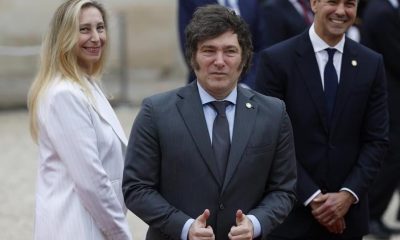

In President Milei’s sit-down with Macron, Argentina says the leaders get past soccer chant fallout
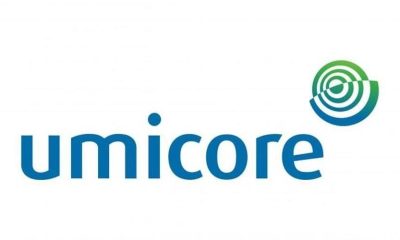

Umicore suspends construction of $2.76B battery materials plant in Ontario


People should stay inside, filter indoor air amid wildfire smoke, respirologist says


Federal grand jury charges short seller Andrew Left in $16M stock manipulation scheme
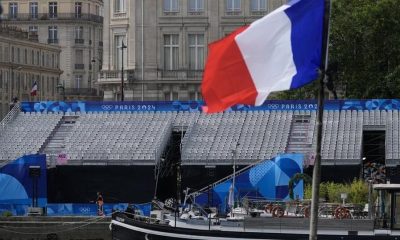

Suspected train sabotage, bad weather dampen spirits ahead of Paris opening ceremony